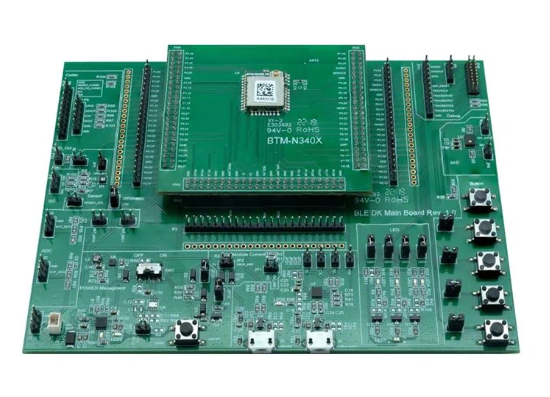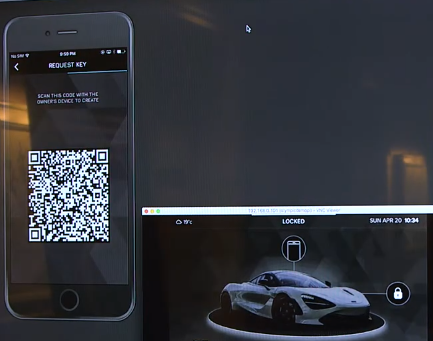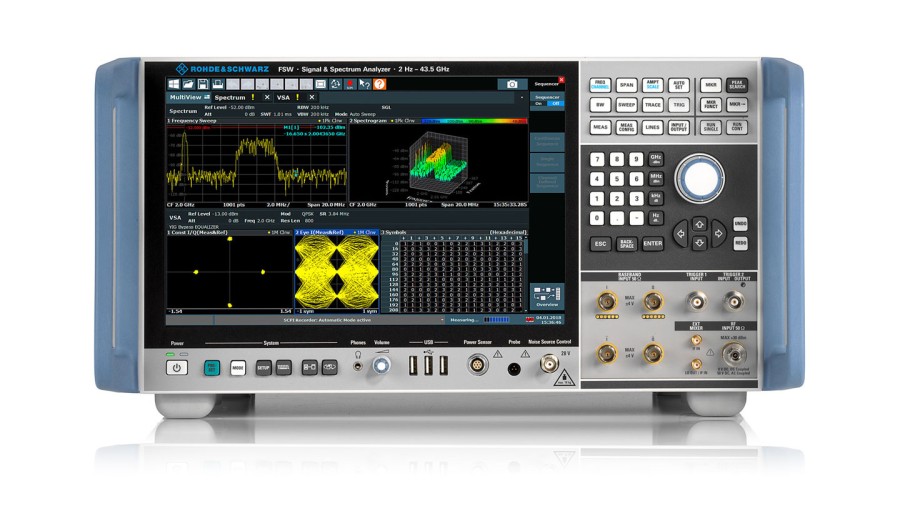Project CHIP was officially announced in December 2019 and has since garnered broad-based support
Sujata Neidig is currently Director of Marketing for Wireless Connectivity MCUs at NXP, focused on the Smart Home & Building market. This blog looks at the challenges faced by smart home technology developers, and posits that setting up a smart home can leave you feeling anything but smart.
In many ways, smart home is kicking into high gear. With the arrival of cutting-edge features like voice assistants, machine learning, highly precise sensors and interactive video, the options for smart home have never been more enticing.
Aside from the usual light fixtures and thermostats that learn your patterns and can be controlled from your smartphone, or video-enabled doorbells that let you see who’s on your doorstep even when you’re not home, there are exciting new products such as mirrors that let you view your calendar while you get ready for your day, plumbing monitors that find leaks and shut off the water supply if a pipe bursts and kitchen appliances that suggest recipes based on what you have on hand and use cameras to prevent dinner from burning.
These various trends promise to make homes safer and more enjoyable, but there’s often a catch. When it comes time to install, you may find that the system you want isn’t designed to work with what you already have. You may need to spend more to get everything in place and you may end up with a network setup that’s more complicated than you’d like. The situation can get worse over time too, since what you’ve installed today may need extra help to work with what you want to install tomorrow.
The difficulty of accommodating new features and having to add extra layers of hardware and software to make everything work together can make the experience of setting up a smart home leaving you feeling anything but smart.
A situation years in the making
So how did we get here? Why are there so many compatibility issues with smart home? Part of it has to do with how technology has evolved. Many of the earliest options for connected home make use of low-power, low-data-rate protocols, such as IEEE 802.15.4 and Bluetooth® Low Energy, that pre-date smartphones and the cloud. These early entrants are still in use today, working alongside higher-power, higher-data-rate protocols like Wi-Fi. Getting these various connectivity protocols to co-exist can take some doing.
Another source of interoperability is the fact that the major players in the consumer market (Amazon, Apple, Google and Samsung) have all introduced their own, often incompatible platforms. Working within a single ecosystem can simplify the setup, but you may be out of luck if you’ve already set up on Apple HomeKit and you see a cool new device designed for the Google ecosystem. Add to this the presence of specialty service providers, who offer dedicated, subscription-based options (like in-home alarm monitoring) based on their own ecosystems and you have yet another format for your smart home to accommodate.
To make matters worse, aside from creating frustration and confusion, interoperability can open up security risks too. Having so many different protocols in play, each using their own security layers and authentication mechanisms, makes it that much harder to ensure you’re safe from unauthorized access.
The systems involved in a smart home collect a lot of information about our daily routines and habits and that information can be helpful to anyone wanting to break in, steal your identity or mount a cyber-attack. Without the right protections in place, the number of vulnerabilities that can be exploited by hackers – what cybersecurity professionals refer to as your “attack surface” – only grows larger.
Help Is on the Way
The good news is that industry leaders are taking notice and agreeing to resolve interoperability issues. A new project, started by the Zigbee Alliance, promises to bring the unification, security and plug-and-play operation to the smart home market.
The internal working name for the effort is Project Connected Home Over IP or Project CHIP. A new name for the technology will be announced in 2021. The goal of Project CHIP is to create a common language, to be used by network protocols such as Thread and Wi-Fi, so they can talk to each other without needing additional hardware or software for translation. This common language will support connectivity using internet protocol (IP); the same protocol that creates the foundation for the internet. To encourage widespread support and remove barriers to entry, the common language is being created with an open-source approach for both software and the specification and will be royalty-free to use (membership to Project CHIP Working Group in the Zigbee Alliance along with certification will be required for IP rights). The Project will also define requirements for certification so devices that use the new standard can be verified as compliant.
NXP is in it from the start
Project CHIP was officially announced in December 2019 and has since garnered broad-based support and attracted a diverse group that covers prominent players in the semiconductor, systems, software, consumer and commercial segments. Amazon, Apple and Google are also part of Project CHIP.
At NXP, we consider Project CHIP to be an important step for growth in smart home and the broader internet of things (IoT). We are a leading member of the Zigbee Alliance (we have a seat on their board of directors) and are committed to Project CHIP.
We’re in a leading position to contribute to and deploy Project CHIP, because the main objectives of the initiative – compatibility, connectivity and security – are directly aligned with our strengths. We maintain one of the most comprehensive portfolios for the IoT, with an exceptionally wide selection of advanced options for broadly adopted computing from low-power MCUs to high-performance MPUs and wireless protocols including Wi-Fi, Thread and Bluetooth LE, supported by trusted, banking-level security. We’re drawing on that expertise to help Project CHIP meets its goals.
Fulfilling the promise of smart home
We believe that Project CHIP is assisting the smart home market to reach its full potential. By improving compatibility, Project CHIP will improve security, simplify provisioning and increase compliance.
With Project CHIP, device manufacturers will be able to invest with confidence that their products will work across multiple ecosystems, without having to stock multiple versions of the same item and service providers will be able to rely on third-party organizations, instead of their own staff, for compatibility certifications. And perhaps most important of all, Project CHIP means consumers will have fewer headaches while making their homes smarter and more intuitive.
Related Articles

Nordic-powered module provides Bluetooth LE Audio connectivity for headphones, speakers & audio systems
Rayson Technology’s BTM-N340X employs nRF5340 SoC for LE Audio plus advanced metering and home automation applications Wireless communications company Rayson Technology has released a multiprotocol module based on Nordic Semiconductor’s nRF5340 System-on-Chip (SoC)....

Ellisys Introduces Support for CCC Digital Key Technology
Protocol Updates Aid in Test, Validation, and Debug for Automotive and Consumer Electronics Developers and Test Labs Ellisys, a leading worldwide provider of Bluetooth®, Universal Serial Bus (USB), Ultra-Wideband, and Wi-Fi® protocol test and analysis solutions has...

Rohde & Schwarz 170 GHz power sensors ease use and traceability in the D-band
Rohde & Schwarz is launching the new R&S NRP170TWG(N) thermal power sensor for precise power level measurements in the D-band. The new R&S NRP170TWG(N) sensors from Rohde & Schwarz are used in general R&D for 6G mobile communications, novel sub-THz...
Stay Up to Date With The Latest News & Updates
Our Sponsors
Incisor.TV partners with leading organisations in the technology sector.
Follow Us
And stay up to date with our news! We are active across the key social media platforms – please do follow us!





0 Comments